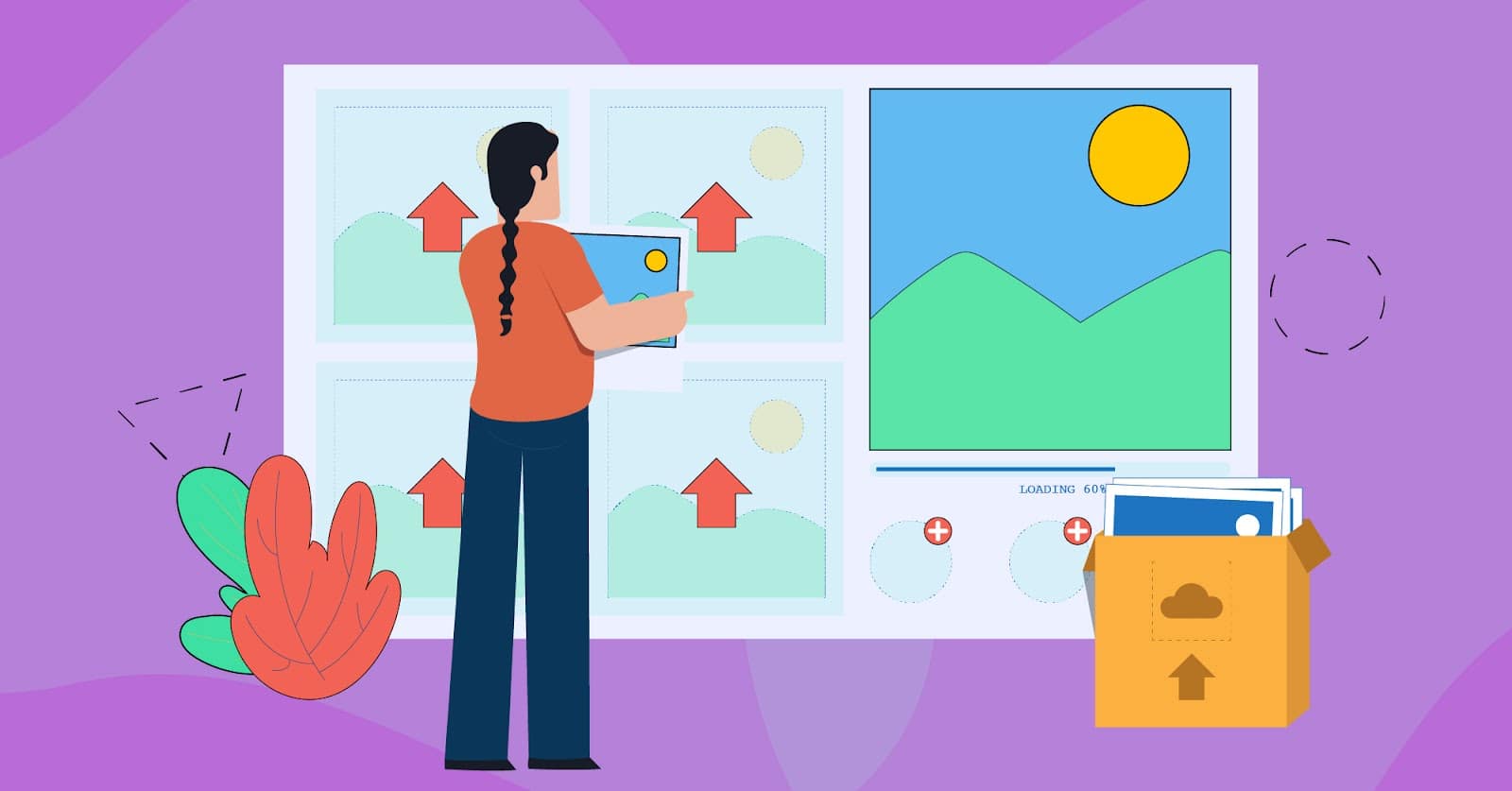Understanding Secondary Dimensions in Google Analytics: What is a Secondary Dimension and How It Boosts Data Analysis
Understanding Secondary Dimensions in Google Analytics: What is a Secondary Dimension and How It Boosts Data Analysis
Blog Article
Unveiling the Effect of Secondary Measurement in Google Analytics on Data Analysis and Insights
In the realm of data analytics, the utilization of additional dimensions within Google Analytics has actually arised as an essential device for removing deeper insights and unraveling facility patterns that might otherwise stay covered. By peeling off back the layers of key information collections, additional measurements supply a nuanced point of view that enhances the understanding of individual habits, website performance, and the effectiveness of advertising and marketing techniques.
Discovering the Idea of Secondary Dimensions
Secondary measurements in Google Analytics provide additional understandings by allowing individuals to assess primary information in conjunction with a second feature. By incorporating second measurements, users can dive much deeper into the information and discover beneficial relationships that could or else go unnoticed - what is a secondary dimension in google analytics.
Understanding the principle of second dimensions is crucial for making the most of the potential of Google Analytics. It enables customers to segment data successfully, recognize patterns, and make informed decisions based on a much more full image of their analytics data. By checking out the different second measurements available in Google Analytics, individuals can open brand-new insights and optimize their digital advertising initiatives. Fundamentally, secondary dimensions serve as an effective device for boosting information analysis and driving actionable outcomes.
Enhancing Data Analysis With Second Dimensions
Having developed the foundational understanding of second dimensions in Google Analytics and their crucial function in data evaluation, the focus now shifts in the direction of leveraging these additional attributes to improve the interpretation of analytics data (what is a secondary dimension in google analytics). By incorporating second measurements into data evaluation, analysts can obtain deeper understandings right into user actions, site performance, and advertising and marketing efficiency

Furthermore, secondary measurements aid in contextualizing key data metrics by providing added layers of details. This contextualization aids in comprehending the 'why' behind the data fads, assisting analysts make educated choices and optimizations to improve overall performance. Inevitably, integrating secondary measurements improves the information interpretation process, resulting in even more purposeful insights and critical activities.
Uncovering Hidden Insights Via Additional Measurements
Checking out the midsts of analytics information with secondary dimensions discloses beneficial insights that would certainly otherwise remain covered. By integrating secondary measurements in Google Analytics, companies can uncover concealed patterns, trends, and connections that provide a more thorough understanding of user actions and website performance. These added layers of information allow experts to dive deeper into the primary dimensions, such as web traffic resources or touchdown pages, and acquire an extra nuanced perspective on exactly how various variables interact with each other.
Via using secondary dimensions, experts can segment and reference compare information throughout numerous dimensions, enabling them to identify particular aspects that affect user engagement, conversion rates, and total success metrics. For example, by coupling the key dimension of 'gadget group' with the secondary dimension of 'age team,' marketers can pinpoint which age demographics choose accessing the internet site through smart phones versus desktop computers. This level of granularity empowers organizations to make data-driven choices and optimize their approaches for far better outcomes. Eventually, discovering concealed insights through secondary measurements boosts the deepness and accuracy of data evaluation, leading to more educated decision-making and boosted efficiency end results.
Leveraging Second Dimensions for Actionable Analytics
Structure upon the understandings unveiled through secondary measurements in Google Analytics, organizations can currently harness this enriched data landscape to drive actionable analytics and calculated decision-making. By leveraging additional dimensions, organizations can delve deeper right into their data to remove beneficial patterns, fads, and connections that might have previously gone undetected. This much deeper degree of analysis makes it possible for services to acquire an extra comprehensive understanding of customer behavior, campaign efficiency, and overall web site effectiveness.
One secret benefit of using second dimensions for actionable analytics is the capability to sector data based on details requirements. This segmentation allows businesses to tailor their projects and strategies to various audience teams, leading to a lot more targeted and reliable advertising initiatives - what is a secondary dimension in google analytics. Additionally, second measurements offer an even more alternative sight of user communications, enabling services to optimize their web site content, layout, and general customer experience
Maximizing Decision-Making With Additional Dimensions
To improve strategic decision-making in analytics, leveraging visit additional measurements in Google Analytics can give a more nuanced perspective on user habits and campaign efficiency. By incorporating additional dimensions into data evaluation, companies can dive deeper right into the specifics of their internet site site visitors' communications and involvement patterns. This additional layer of information enables a more comprehensive understanding of how different variables, such as demographics, tools, or website traffic resources, influence crucial efficiency signs.

Verdict
To conclude, the use of second measurements in Google Analytics plays a crucial function in improving data evaluation and discovering hidden understandings. By exploring this concept, one can obtain a much deeper understanding of user actions and make educated choices based on workable analytics. Leveraging secondary measurements enables a much more thorough interpretation of data and makes the most of the effectiveness of decision-making procedures.

Report this page